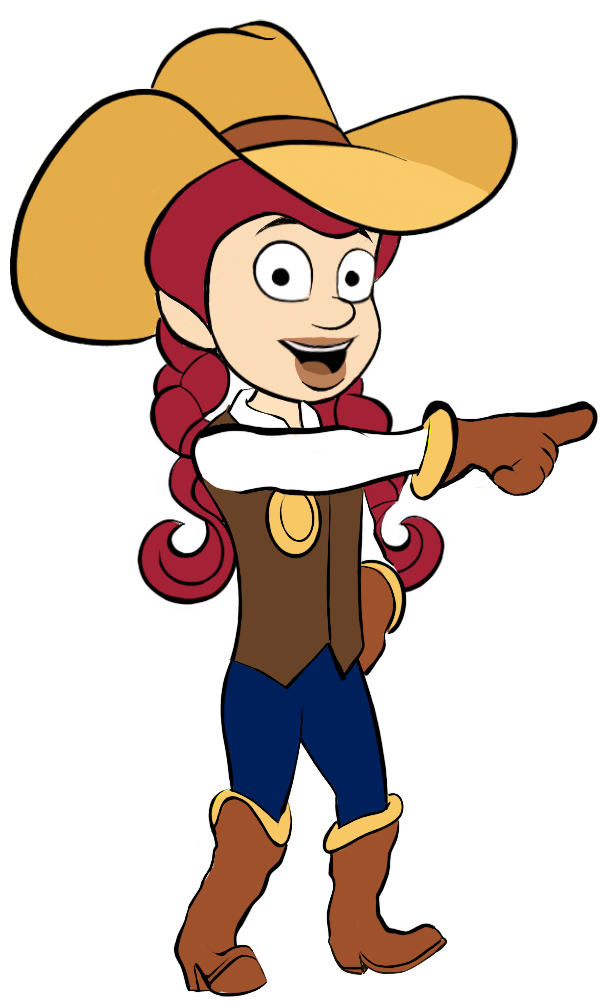Activity Overview: Students will discuss the meaning of garbage, waste, and trash. They will then investigate their classroom trash to learn about the variety and amount of trash they produce. This will lead to a discussion on recycling and the feasibility of starting a recycling project at their school.
Setting the Stage: 30 minutes
Activity One: 15 minutes + one day to accumulate trash
Activity Two: 1 hour
Place the words “Garbage, Waste, and Trash” on the board. Ask students to jot down the first three things that they think about when they see these words. Then ask students to share their thoughts and record them on the list for Activity Two. Then divide the class into small groups of three or four. Ask each group to brainstorm a list of all the kinds of garbage, trash, and waste they throw away in their classroom each day.
Ask students: “Look at our list. How can we determine if our class really throws away this amount and these types of waste?” (Students will propose collecting the trash for a period of time, then examining it.) With the class, develop an investigative process for doing this, then set aside the next day to implement the investigation.
NOTE: Prior to doing this activity, make arrangements with your custodians to leave the trash in the classroom until the end of the next day.
Mark two trash cans, one for food waste, used tissue, and other unsanitary items, and one for all other trash.
Place the two trash cans and a scale in front of the class at the beginning of the day. Explain that one can is for unsanitary waste and that the other is for all other trash. Show examples of kinds of trash to put in each. Ask students to use the appropriate containers throughout the day.
Weigh the cans and record their weight while they are still empty. Ask the students to predict how much each can will weigh at the end of the day and record their predictions.
(Caution: Wear rubber gloves when handling the trash.)
Bring the class together in a circle near the trash cans. Place their chart of “Trash in Our Class” from the starter activity on the board. Place newspaper on the floor in the middle of the circle and set the two cans and the scale on the paper.
Put on a pair of rubber gloves. Through questions and answers, help students understand the safety and health procedure you took by wearing gloves. Explain that people in the waste disposal business would use such items as well.
Show the class the can with the food waste and other unsanitary trash. Discuss why these items need to be separated from the other trash. Point out that in a recycling program, items such as these would contaminate the recyclables. Discuss the word “contaminate” and why it would be a problem. Weigh this can and compare it to the weight of the can when empty. Discuss any differences. Also compare the weight with the students’ predictions. Set this can aside for pickup by the custodians.
Have a student weigh the second can of trash and compare it to the weight of the empty can and with the students’ predictions.
Scatter the contents of this trash can on the newspaper so students can see what they threw away and categorize it. Ask questions such as:
Have the students answer these questions in journals or as a small group discussion.
Create a recycling program at your school based on the answers to discussion question 4. This could start as an awareness campaign about the amount and variety of trash your school has and turn into a full-scale paper, aluminum, and plastic recycling campaign. Or, it could be anything in between.
TEKS
SCI.K.1A, SCI.1.1A, SCI.2.1A, SCI.3.1A, SCI.4.1A, SCI.5.1A, SCI.6.1A, SCI.7.1A, SCI.8.1A
SCI.K.1B, SCI.1.1B, SCI.2.1B, SCI.3.1B, SCI.4.1B, SCI.5.1B, SCI.6.1B, SCI.7.1B, SCI.8.1B
SCI.K.2A, SCI.1.2A, SCI.2.2A, SCI.3.2A, SCI.4.2A, SCI.5.2A, SCI.6.2A, SCI.7.2A, SCI.8.2A
SS.K.15A, SS.1.18A, SS.2.19A, SS.3.18A, SS.4.22C, SS.5.25C, SS.6.22C
SS.K.15B, SS.1.18B, SS.2.19B, SS.3.18B, SS.4.22D, SS.5.25D, SS.6.22D, SS.7.22D, SS.8.30D

We'd love to help answer any questions and help you get started! Drop us a line and we'll get back to you as soon as we can.
Watt Watchers of Texas
204 E. Dean Keeton Street, Austin, Texas 78712
contact@watt-watchers.com
Nos encantaría contestarle cualquier pregunta que tenga y ayudarle empezar! Envíenos un mensaje y nos pondremos en contacto con usted lo antes posible.
Watt Watchers de Texas
204 E. Dean Keeton Street, Austin, Texas 78712
contact@watt-watchers.com